Star thistles, including knapweeds and cornflowers, belong to the Centaurea genus. These in turn are allied with thistles belonging to the Asteracea family of plants. Centaurea is probably one of the largest sources of all thistle honeys. Being good producers of nectar, along with their tendency to grow together (often as an invasive weed), may make them the primary source of nectar at that time of the year. The result is varietal honeys from many different species of Centaurea.
Centaurea species produce a very fine mild flavored honey. It has a light, transparent and a thick viscous appearance with a distinct aroma of anise (some say almonds), slightly sharp or pungent with notes of sweet, spicy cinnamon, molasses and prune.
It has a mild flavor of anise, low sweetness and hints of cinnamon flavor, slightly waxy, metallic flavor and sweet persistent aftertaste. It is slow to crystallize. Individual characteristics vary by specific Centaurea species.
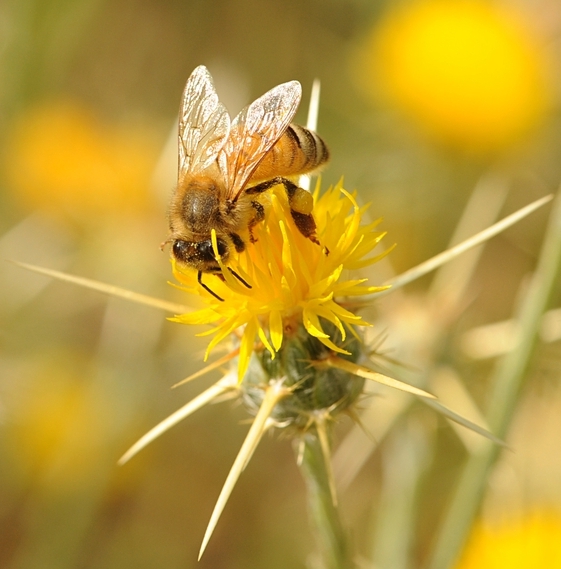
|
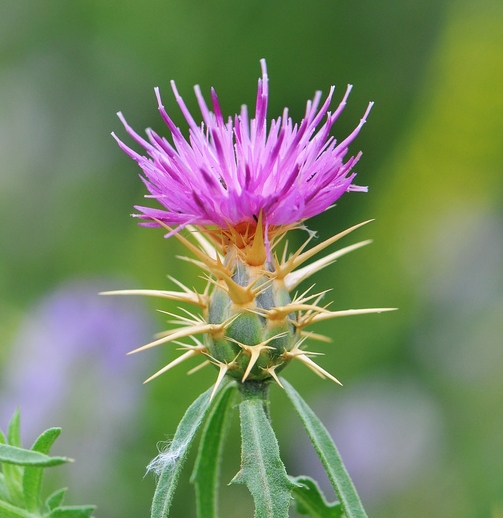
|
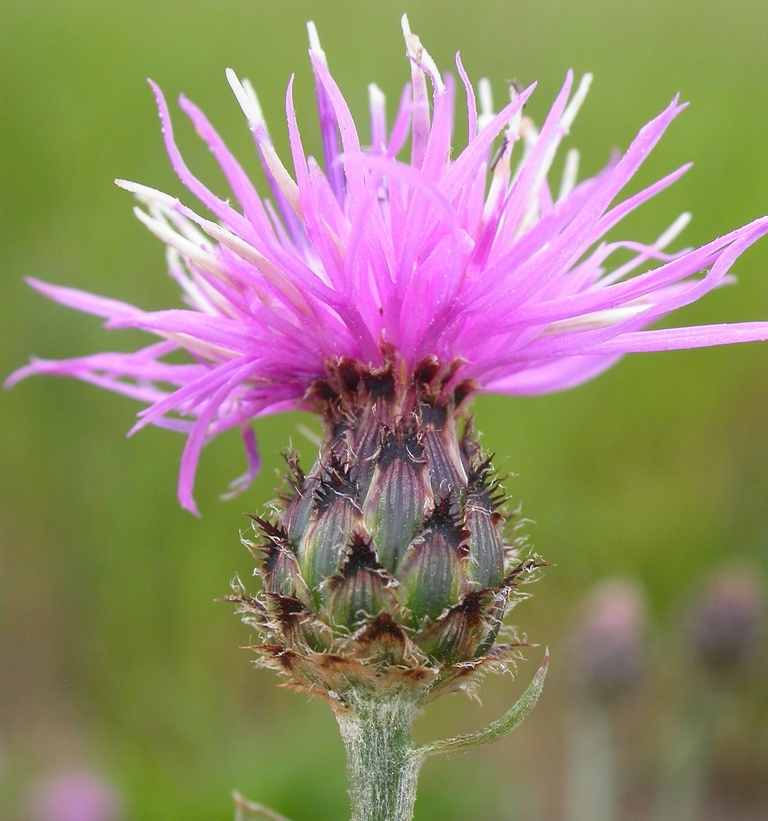
|
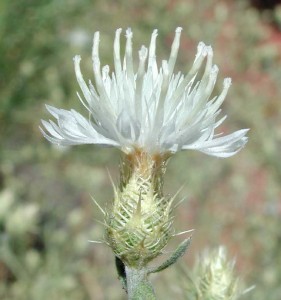
|
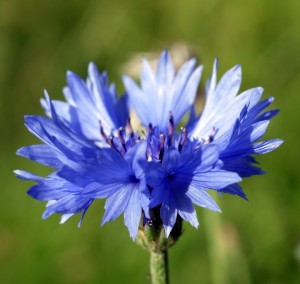
|

|
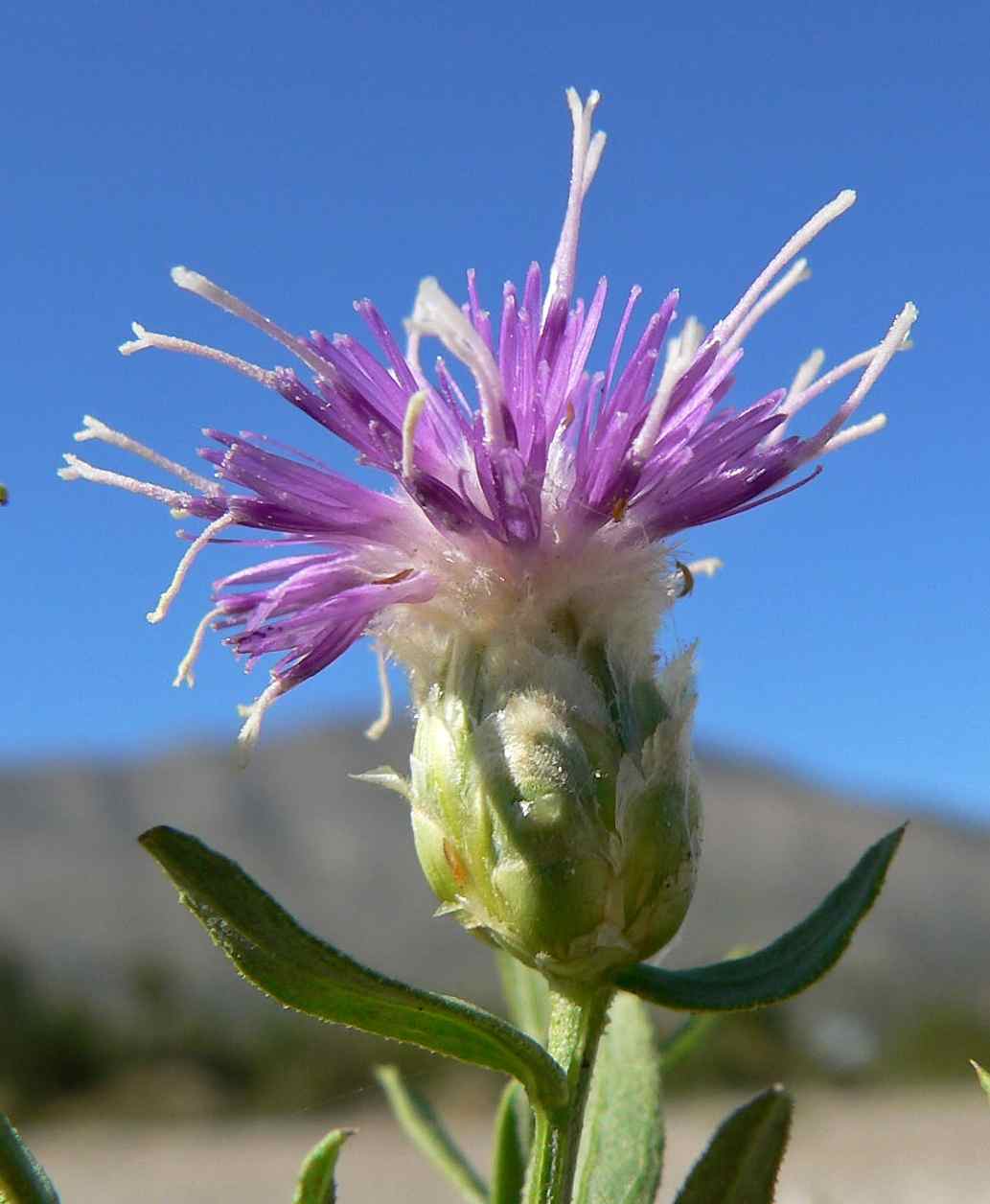
|
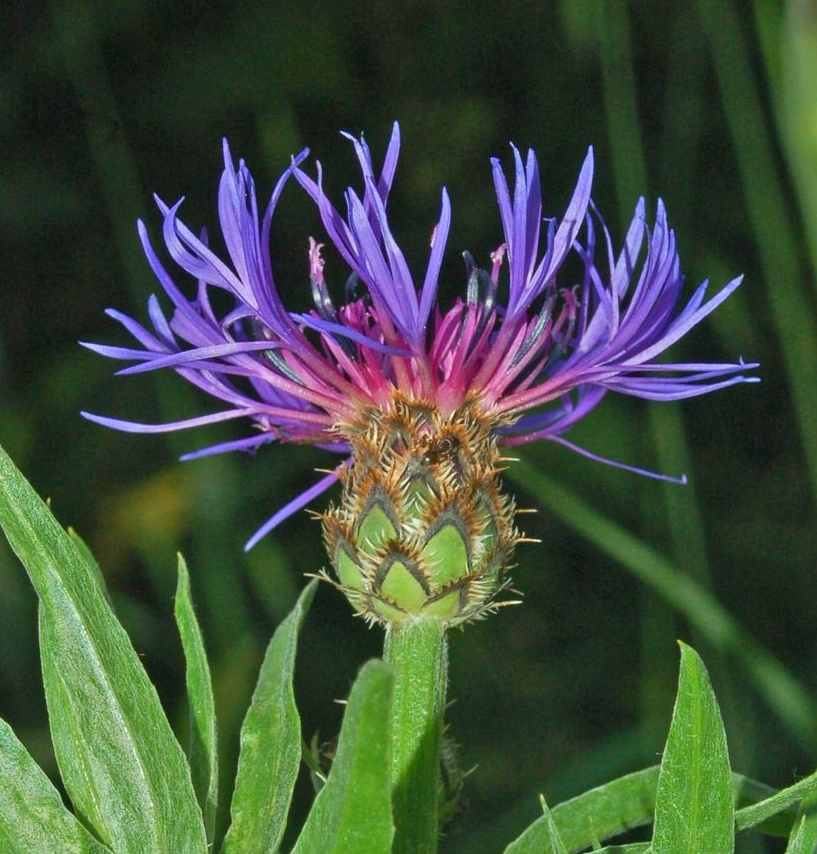
|
The genus Centaurea was named after the mythological immortal centaur, Chiron who used the plant to treat wounds, including his own accidental wound by the poisoned arrow of his friend, Hercules. Rather than suffer for eternity, he traded his immortality with Prometheus and was then able to die, whereupon Zeus gave him a place in the sky as the constellation Centaurus (Sagittarius). This speaks to the fact that Centaurea actually found little use as a medicinal herb. And in fact, even in its native Europe, it was usually thought of as a weed. It may have been a consolation, especially to a farmer, that it is the source of such a remarkably delicious and marketable honey.
Centaurea species are moderate nectar producers and as such are sought after by many insects besides honey bees including some endangered butterflies. Unfortunately there is a general prejudice against Centaurea, especially in North America where Diffuse Knapweed (C. diffusa), Spotted Knapweed (C. maculosa) and Yellow Starthistle (C. solstitialis) are invasive, robust weeds taking over and pushing out native species. But on a per species basis they are inoffensive and beautiful, colorful plants, often endemic to a particular place and supporting insect life of that area. In these cases, they can be an aid to agriculture by attracting harmful beetles and insects away from crops. The beautifully blue Cornflower has seen use throughout history for infections and decoration, and the Basketflower too, is cultivated for its beautiful bloom.![]()
Yellow Star Thistle or St. Barnaby’s Thistle Honey – Centaurea solstitialis
The plant is originally from Europe and has spread around the world. Single flower honey is obtained from the western US, mainly California, but also from Italy where it is considered a rare honey. It has a clear, yellowish, greenish-yellow color with a weak florescence. A mild tasting honey comparable to a light clover honey. Slow to crystallize with a persistent sweet after taste. Ideal for sweetening teas and paired with cheese (try it with Blue Cheese).
Translations: Italy: Miele di schiucciolo or spino giallo
![]()
Purple Star Thistle Honey – Centaurea calcitrapa
Purple Star Thistle Honey is light to medium amber in color. Found mainly in the Eastern United States from Maine to Georgia, it likes poor dry soils, producing nectar even in dry seasons. The flavor is mild but full-bodied, with notes of anise. Purple Starthistle blooms in summer.
Image credit: Creative Commons License By: Valdelobos
![]()
Spotted Knapweed / Star Thistle Honey – Centaurea maculosa
Spotted Knapweed, a European native, is found in much of Western United States and Canada, but is an important honey producer in Michigan where it is known as Star Thistle Honey. It blooms in late July when few other plants are flowering and produces a very fine honey. Currently, it the target of eradication in many states, but in Michigan some beekeepers are opposed to the efforts as a significant portion of their yearly revenue depends upon it. Hopefully a balanced solution will ensure the supply of this fine honey for years to come.
Image credit: Creative Commons License By: Matt Lavin
References:
US Forest Service: Centaruea maculosa
Michigan Beekeepers open letter regarding eradication of Knapweed pdf
![]()
Diffuse Knapweed (aka Knapweed Honey) – Centaurea diffusa
Found in Washington state. Blooms purple during the height of summer. Color is dark amber. The aromas of Knapweed Honey can be likened to a wheat field on a hot day- sweet and grassy. Followed by soft caramel notes, this medium-bodied honey is easily paired with just about anything.![]()
Cornflower / Bachelor’s Button Honey – Centaura cyanus
The Cornflower is one of the few Centaurea that have risen from their weedy roots (so to speak) to some notoriety. The Latin name is after the light blue (cyan) flowers and the name ‘cornflower’ has nothing to do with corn, but is from either archaic English meaning grains of the region or from the German “Kornfeldern”, which means “wheat field”; a reference to cornflowers commonly growing on the edges of rye fields.
It blooms at the beginning of the summer. It grows in USA and from Europe to Central Asia where it is considered a herb and is grown for ornamental flowers and honey, also growing wild in rye fields and on the slopes of ravines.
Cornflower honey is a greenish-yellow honey, full-bodied, aromatic with a hint of almonds and a slightly bitter, tangy aftertaste.
Cornflowers are actually one of the few examples of true blue flowers in nature, most others having some purple.
The Cornflower is the national flower of Estonia and may have been the model for the “Blue Flower” symbol of Romanticism begun in Germany in the 18th century.
Theraputic: Slightly astringent, anti-inflammatory, diuretic.
Translations: Germany: Kornblumen-Honig; France: Miel de bleuet; Polish: Miód bławatka; Russian: Васильковый мёд; Ukrainian: волошковий мед; Romanian: Miere de albăstrele
Image credit: Creative Commons License By: The Justified Sinner![]()
American Star Thistle or Basketflower Honey- Centaurea americana
The American Star Thistle is an native to southern central United States and northeastern Mexico. The name comes from a basket weave pattern of the bud and on the underside of the flower cluster. Blooming is in May and June. It is often cultivated for its showy flowers. Honey is characteristic for Centaurea.
Image Credit: James O. Baines (flower)
CC BY-SA 3.0 By User:Pschemp (bud)
![]()
Russian Knapweed – Centaurea repens
A European native that is found in USA. It flowers in early July to September.
Honey is characteristic for Centaruea.
Image Credit: Stan Shebs [GFDL, CC-BY-SA-3.0 or CC-BY-SA-2.5], via Wikimedia Commons
![]()
Centaurea squarrosa, Centaurea depressa, Centaurea ruthenica
These varieties of Centaurea grow in central Asia.
Aroma of perennial grass. Honey color amber, a slightly spicy flavor typical of centaurea.
Image Credit: By Ettore Balocchi (Own work) [CC-BY-SA-3.0 or GFDL], via Wikimedia Commons
————————————————————
Other resources, and further reading
“Sensory Attributes of Honey” report produced for the America National Honey Board by rtech laboratories in Land O’ Lakes MN.
USDA Policy concerning invasive and noxious weeds
Estonia State Symbols


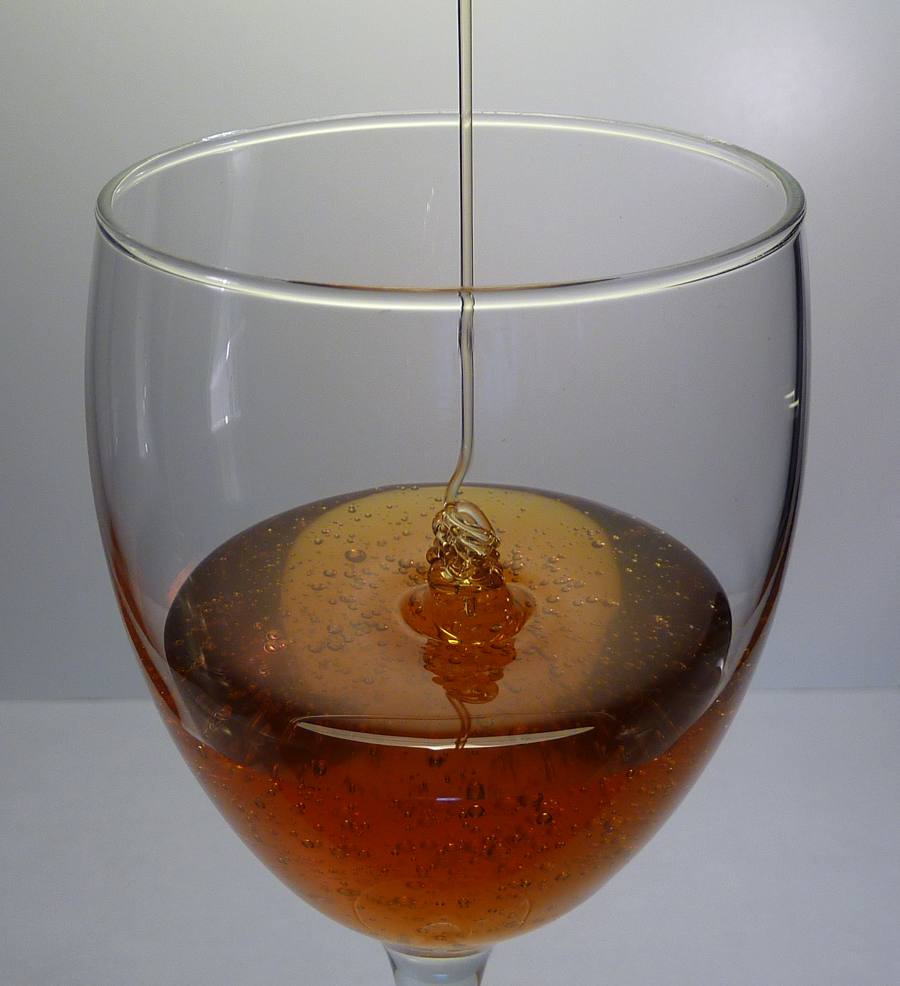
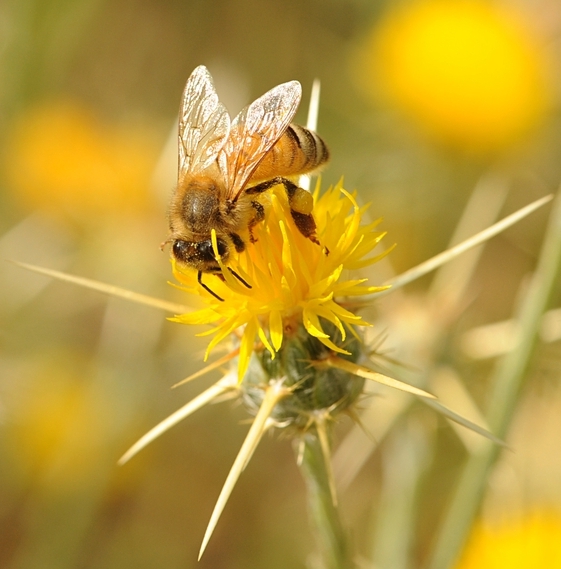




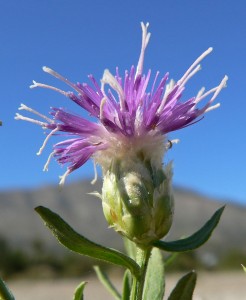

HI Scott,
We make Star Thistle in Michigan and have been promoting the variety for quite a few years. It is very nice.
If you ever link to places to buy it, count us in.
We also do Tupelo in the spring and have a farm in the Florida panhandle.
Nice site!!!
I would like to link to you.
Kirk
Where can I buy imported thistle honey in the United States. How about Dalmatian sage honey.
Thanks,
Hi Phillip:
Try sleepingbearfarms.com for Star Thistle.
… Scott
Star thistle can be found made by Laney honey, an outfit in Indiana/Michigan.
It is one of my favorite honeys for strong English teas, like PG Tipps.
I like Tupelo best though.